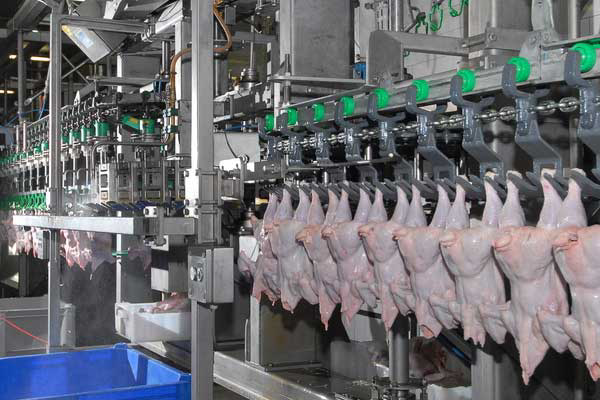USDA personnel oppose New Poultry Inspection System

Early in 2012 the USDA- Food Safety and Inspection Service (FSIS) issued a Proposed Rule for the New Poultry Inspection System (NPIS). This modernisation of inspection in turkey and broiler plants is intended to place greater emphasis on reducing pathogens and intensifying internal company surveillance allowing FSIS On-Line Inspectors to be more flexible with regard to oversight of quality.
The emphasis would shift from the current traditional organoleptic approach which has been in existence virtually unchanged since the second decade of the last century to a science-based program. Extensive studies and pilot programs have demonstrated the benefits of the NPIS which has resulted in enhanced physical quality and lower levels of microbiological contamination.
There has been considerable opposition to the new program by USDA-FSI inspectors and their Union since they recognise the inevitability of retrenchment and the need to retrain to implement the NPIS. The proposed NPIS will permit higher line speeds which are not possible using visual inspection.
The Washington Post published a detailed article on Friday 26th April alleging that the new system would require a higher concentration of antimicrobial sprays which would result in allergies and dermatitis among plant workers and inspectors. In addition it has always been the contention of the Union representing FSIS inspectors, that the NPIS would result in deterioration in quality and safety. Data collected by the USDA and by industry refutes these allegations which have been disseminated by sympathetic media accompanied by highly emotional and subjective anecdotal claims by aggrieved inspectors.
To enhance microbiological assay and monitoring, plants have installed machine vision and new modules which spray carcasses with chlorine-based mists in addition to immersion in chlorinated or ozonated water. Independent evaluators from academia and industry who have reviewed data developed from pilot studies have confirmed the safety and efficacy of the NPIS. Sprays are applied in enclosed compartments with adequate extraction and ventilation limiting the possibility of exposure of workers and USDA personnel. Increasing line speed has not raised the quantity of disinfectants applied per unit of production and the antimicrobials washes have been used by the industry for many years.
The types of antimicrobials and their concentration are strictly controlled and the USDA which is responsible for monitoring the levels used in accordance with clearly defined standards. In March 2012 two Federal agencies, the Centers for Disease Control and the National Institute for Occupational Safety and Health evaluated a processing plant and tested employees in areas where antimicrobials were used. The prevalence of complaints including “itchy eyes”, “sneezing”, “blurred vision” and “asthma” were not related to levels of chlorine or perchloric acid. The procedures used to evaluate safety included air sampling in specific areas in the plant and attaching monitors to workers. All levels of exposure were below the permissible limits established by the Occupational Safety and Health Administration.
It is inevitable that the NPIS will be introduced despite objections from the Inspectors’ Union. Opposition is based on the desire for job preservation and a disinclination to change the traditional but obsolete approach to product safety.













